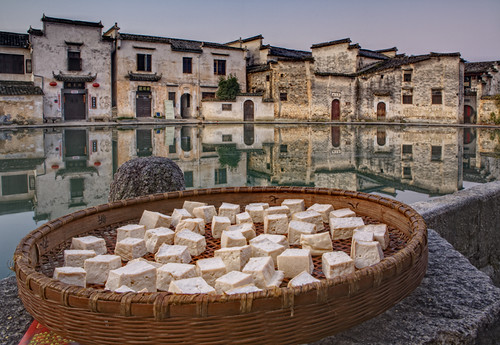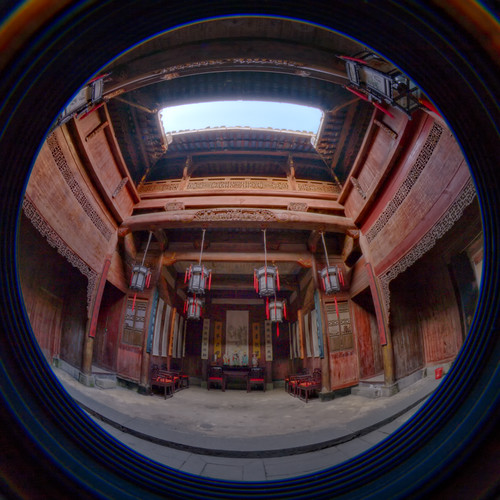The Village in the Painting
Do you remember the beautiful sceneries in the movie "Crouching Tiger, Hidden Dragon". I have recently visited the village where some of those impressive scenes of the movie were shot.
The village name is "Hong", it's about 6-hour-drive away from Shanghai. The ancient architectures in the village are well preserved, and it has been designated by United Nations as World Cultural Heritage Site. The entire village forms the shape of a bull and has unique ancient irrigation systems, providing waters to entire village. It's so gorgeous and peaceful that it is called "The Village In the Painting".
Frankly, this village is photographer's paradise. For portrait photographers, it's perfect place for environmental portraits, shooting local people in their living environment. For architectural photographers, the culturally distinctive "Hui" style houses and interior designs are presenting limitless opportunities. For landscape photographers, the village skyline, the lake at the front and the pound in the middle of the village are a few highlights among endless picture perfect spots. Spring and Fall are the best time for photography here, In late March, the canola plant(shiny yellow) and peach trees(pinky red) are in full blossom all around the village, and in late September, fall colors are surrounding the village. Well, I missed both seasons this time, but to me, no matter what time I come, this village is always beautiful.
I only have 2 lenses with me this time, Canon 24-70mm and Sigma 8mm fisheye. The fisheye is the new member of my camera bag, and I have fun with it. To use this lens properly, I have to focus really, really close to the subject, only few inches away. Another interesting observation of the image taken by this lens on a full frame camera: you will see the barrel wall of the lens in your image!
I will definitely come back to village again. This short trip is just the beginning, I would like see it through my camera in drizzle, in a cloudy day, in the fog, in the spring, in the fall, etc...

This image was shot at early morning with Sigma 8mm fisheye, a lady brought out these baskets of vegetables, prepared for farmers' market. You can see clearly the screw lines on the barrel of the lens.

Early in the morning, someone is drying a basket of freshly made tofu on the side the pound in the middle of the village.

This is the typical courtyard of a "Hui" style house. I took a couple exposures with Sigma 8mm fisheye and created this HDR image.

A early morning shot of withering lotuses, at the lake in the front of the village.

A fisheye shot at the entrance bridge to the village.
William Yu













